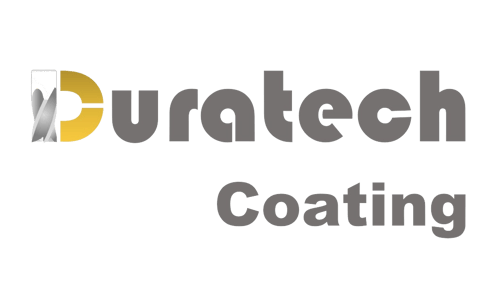PVD Ion Plating
What is Ion Plating?
Ion plating technology is a type of PVD technology originally developed in 1950s in the USA, as part of NASA's space and aerospace technologies. It then spread around the world as a method to improve durability in cutting tools and molds. This technology uses heat with energy from plasma to vaporize metal in a vacuum environment, combine with a reactive gas to form a ceramic that is then used to coat a workpiece. In comparison with traditional wet plating, it is superior in abrasion resistance and adhesiveness.
Principles of Arc Ion Plating
It involves the formation of metal or non-metal ions (such as Ti ions, N ions) by the material being plated during the PVD deposition process. These ions are then deposited onto the surface of the workpiece under the effect of a biased electric field. This process can produce uniform film layers even on complex-shaped workpieces. The target material is typically metal or alloy, and the properties of the film layer can be controlled by changing parameters such as the target material, voltage, and gas composition. In arc ion plating, ions have higher energy and better diffraction characteristics, resulting in better adhesion, density, and performance of the film layer.
Features of Ion Plating
1. Superior Durability
By bonding vaporized metal with reactive gas, a hard, ceramic thin-film can be formed, which is more abrasion resistant than wet plating and effectively improves the longevity of the product.
2. Highly Adhesive
When discharged, the film-forming metal atoms ionize in plasma with high kinetic energy thereby accelerating and colliding with the workpiece to form a highly adhesive thin film.
3. Hypoallergenic Metal
Our Ion Plating mainly uses titanium so you don't need to worry about metal allergies. Titanium is biocompatible and rarely causes metal allergies, so it is often used in eye-glass frames, in repairing bones within the body, in screws for dental implants, surgical instruments etc.
Applications
The application of ion plating technology is very extensive, including decorative coating, tool and mold hard coating, and various functional film layers.

